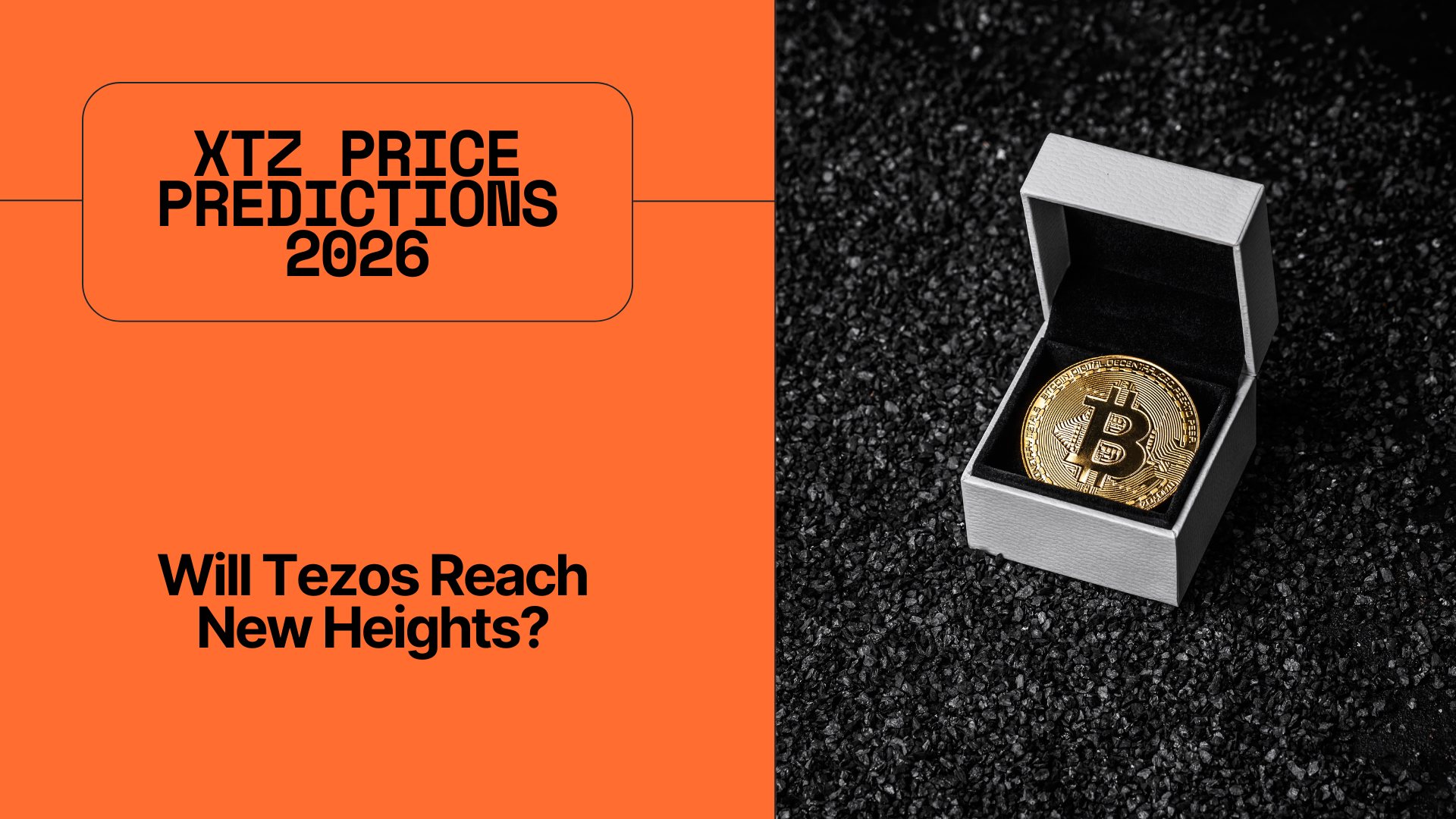
Where Tezos stands today
Before talking about XTZ price predictions for 2026, it helps to anchor on the present. As of late November 2025, Tezos (XTZ) trades around the fifty-cent range with a market capitalization near $540–550M and a circulating supply of roughly 1.06B XTZ. Those figures set a realistic base for any 2026 scenarios.
At the protocol level, Tezos has leaned into Etherlink, its EVM-compatible Layer-2 powered by Tezos Smart Rollups—aimed at near-instant confirmations and very low fees while staying anchored to Tezos L1 security. The Tezos and Etherlink teams highlight a rollout of upgrades (e.g., Calypso, kernel 4.0) and growing app integrations, reflecting a strategic push to capture EVM developers without abandoning Tezos’ self-amending governance ethos.
Independent research backs up that usage is shifting into the L2: Messari’s “State of Tezos Q2 2025” reported a sharp jump in fees on Etherlink after its mainnet beta, with Etherlink contributing the majority of total network fees by June—evidence that activity is migrating to cheaper rails.
What reputable sources say about XTZ in 2026
There’s no single “official” forecast for Tezos, and trustworthy institutions rarely publish precise targets. Still, two widely used, reputable venues provide transparent, non-sensational signals:
- Binance user consensus (a crowd indicator, not a guarantee) currently clusters 2026 around ~$0.53–$0.60 per XTZ, based on aggregated sentiment from verified platform users. Treat this as a market temperature check rather than an analyst model.
- Kraken’s projection tool illustrates how XTZ could evolve under a simple annualized growth assumption. With a 5% yearly growth input, the tool shows 2026 around ~$0.52–$0.76 depending on the regional page/baseline displayed. Importantly, Kraken presents this as a what-if calculator (you can change the growth rate), not a house price target.
Fundamentals that could move XTZ in 2026
1) Etherlink (EVM L2) adoption.
The big swing factor is whether Etherlink can attract sticky EVM projects (DeFi, gaming, infra) and transaction flow. Tezos’ official communications emphasize ultra-low fees and rollup-level throughput, while Messari’s Q2 report shows fee share already tilting toward L2. If 2026 brings more dApps, bridges, and institutional tooling on Etherlink, that strengthens the Tezos outlook and helps any XTZ price forecast.
2) Developer and ecosystem momentum.
Hackathons and BD programs throughout 2025 pushed new deployments to Etherlink, with public listings of integrations (oracles, infra, wallets, security). Sustained developer traction is what converts faster tech into actual on-chain demand.
3) Token economics and governance.
Tezos’ self-amending model has historically enabled smooth upgrades without contentious hard forks. In a risk-off market, that governance predictability can be a plus; in a risk-on market, scaling + EVM compatibility can matter more. If 2026 sees fewer protocol frictions than peers, that could help sentiment.
4) Macro and crypto beta.
Like many L1/L2 assets, XTZ is sensitive to Bitcoin/ETH cycles, liquidity, and ETF flows. Even strong Tezos news can be overshadowed if global risk appetite fades. Conversely, a constructive macro backdrop typically lifts quality mid-caps.
Scenario map for 2026 (not advice)
Rather than over-fit a single number, it’s more realistic to pair the public forecasts above with fundamentals and sketch ranges.
Base Case (conservative adoption; market neutral to mildly risk-on)
- Range: $0.50–$0.90
- Why: Aligns with Binance user consensus (~$0.53–$0.60) and Kraken’s 5%-growth illustration (~$0.52–$0.76), allowing some premium if Etherlink traction broadens and on-chain fees keep rising QoQ.
- Watch: Monthly active addresses on Etherlink, TVL, and listings of blue-chip EVM apps.
Bull Case (clear Etherlink breakout; marquee dApps + liquidity)
- Range: $0.90–$1.50+
- Why: Requires visible wins: notable EVM protocols deploying to Etherlink with volumes, faster bridges, enterprise pilots, and healthy L2 fee capture (Messari-style metrics trending up). This would justify a re-rating against today’s ~$0.5 spot.
- Watch: Transaction share sustained on Etherlink, cross-chain liquidity routes, centralized exchange support for Etherlink assets.
Bear Case (weak L2 stickiness; macro risk-off)
- Range: $0.30–$0.50
- Why: If EVM developers don’t stick, or macro turns sour, XTZ could simply range near current levels or revisit lower supports despite solid tech progress.
- Watch: Dwindling fee share on Etherlink, declining daily active users, shrinking volumes.
Conclusion
Will Tezos reach new heights in 2026? It’s possible—but the base case from trustworthy, public signals remains measured. XTZ likely needs a visible Etherlink flywheel (developers → users → fees → liquidity) to break out decisively from the ~$0.5 area. Until then, the most defensible range leans toward $0.50–$0.90, with upside if Etherlink lands marquee wins and macro cooperates—and downside if adoption stalls.
If you’re tracking XTZ price predictions, pin your dashboard to three sources: a live market snapshot (e.g., CoinMarketCap or CoinGecko), Binance user consensus for crowd temperature, and Messari for fundamentals on Tezos/Etherlink. That mix keeps you grounded in facts, not hype.